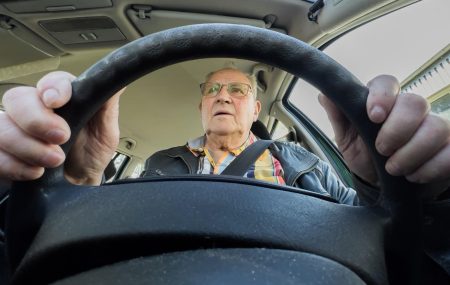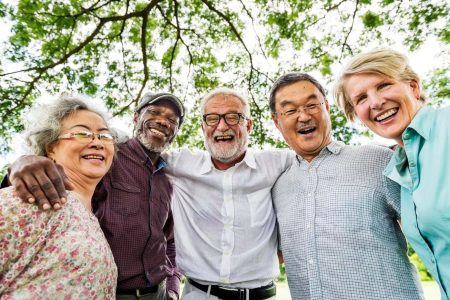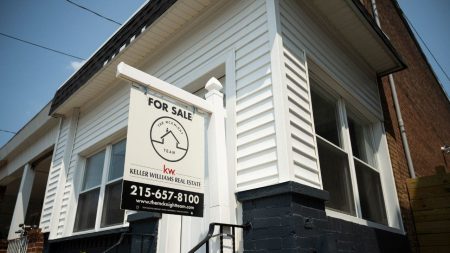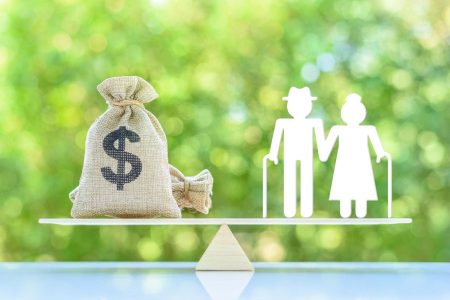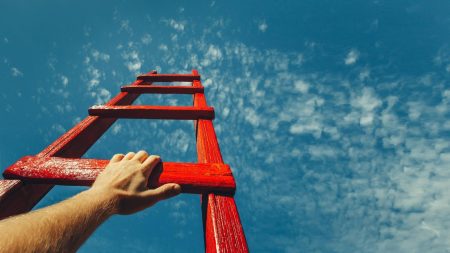When Older Americans Month (May) was established in 1963, only 17 million Americans had celebrated their 65th birthday. Today over 60 million of us can claim the distinction of being 65 or better. However, over 22 million older adults live alone and close to 30% of them have no children or other family support as they age. This is a category best known as “Solo Agers.”
Starting this year (2024), on May 15, Solo Agers will have their very own day, right in the middle of Older American’s month. SAVvy Day (Solo Agers Visibility Day) will acknowledge their status, raise awareness about their numbers, and educate others in the ways they can support the Solo Agers among their family members and friends.
The How and Why of Solo Aging
In the baby boom generation, over 18 percent of women did not bear children. That number is almost double what it had been in all previous generations. If you wonder why the childlessness rate doubled for the Baby Boom Generation, reflect on what was happening in the late 60s and early 70s: Boomer women were the first in the US to have access to reliable birth control (the pill) which was released to the public in 1964. And for the first time in history, they had the opportunity to choose career over motherhood without being considered a pariah.
In the 1970s, academic and career doors that had previously barred women from entry were opening wide: medicine, engineering, law, architecture, aviation, and many more. Millions of female Boomers took advantage of the opportunities that were presented. Along with the lessening of social pressure to have a family came freedom to stay single – or to divorce if a marriage wasn’t working. Beginning in those decades, many Boomer women chose career and freedom over marriage and family.
Facing a Scarcity of Caregivers
Another factor to consider is the sheer enormity of the Baby Boom cohort. As the Wall Street Journal reported in its 2018 article, “America is Running Out of Family Caregivers, Just When We Need Them Most,” for the aging Boomers, family members will be in shorter supply. The ratio of caregivers to care recipients has been falling. This slide in numbers is projected to continue for the next 40 years, and will eventually create an unprecedented need for senior housing and care. Solo Agers represent a large percentage of those who will need it.
Solo Agers have unique challenges and concerns. Anyone who has taken care of an aging parent in the final months or years of their life knows that it can be a full-time job. Figuring out how and where that kind of care will come from in their final days is a daunting task for most Solo Agers.
Family Diaspora
One big and relatively recent change in the makeup of American society is something I call the “family diaspora.” In previous generations, most children grew up and remained in the same town (or at least the same state) as their parents. They may have gone away to college, but they came home and settled somewhere near their family, friends, and all that they had known as youngsters. Today, adult children leave home in search of job opportunities, a different lifestyle, and/or an area where they can afford to live comfortably and build a nest egg. This is especially true among college-educated young adults, who may have met and partnered with someone from a different area of the country…or the world. The parents of children who live far away or who have been estranged from their offspring often feel like Solo Agers even though they have children.
Avoiding Loneliness and Isolation
Those who are married or live with a partner generally grow increasingly dependent on each other as they age, and when one partner passes on, the loneliness and isolation can increase dramatically. For the sake of safety, security, and wellbeing, Solo Agers need to plan for a time when they may not be able to hop in the car and drive to see a friend or attend their place of worship. There is no way of knowing who among Solo Agers will live long enough to risk isolation and loneliness and who will not, so planning for Solo Aging is a worthwhile pursuit for anyone who fits the profile.
With the increasing awareness of Solo Aging, help with planning can be found through a number of organizations around the country that are doing work similar to the SAVvy Day organizers. Additionally, many financial planners have special programs for Solo Agers. In addition, senior centers, area agencies on aging, and county offices of aging may provide guidance and resources.
Read the full article here










